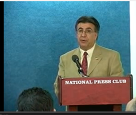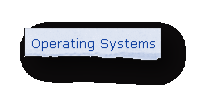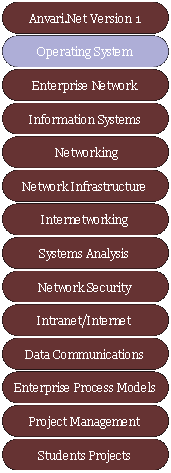


|
Lecture Notes |

|
COSC 513 Operating System |


|
Anvari.Net |

|
Professor Morteza Anvari |
|
|
|
|
|||||||||||||||||||||
|
Link to Text Book:http://williamstallings.com/OS/OS5e.html
COSC 513 old Sample Exam Solution
COSC 513 old Sample Exam Solution
|
|
COSC 402 Computer Architecture And Operating Systems Syllabus/Course Outline for COSC 402 Computer Architecture And Operating Systems |
|
Course Description: Computer systems, hardware and basic operating systems software, as well as their features will be discussed. Processor, memory, input/output, storage, remote transmission memory, and channel management are included. In this course, topics and issues such as executive and diagnostic software, data-handling software, multi-programming and multi-processing will be covered. Computer hardware components and capabilities are among other topics. Prerequisite: COSC 102, COSC 104 or COSC 205 Rationale for the Course: The course is a required course in the undergraduate Computer Science curriculum. Throughout the course, we will be discussing hardware related topics, such as the structure and components of planar board, system buses, as well as supporting peripherals. In addition, we will discuss important topics in operating systems such as thread, memory management, scheduler, and many other areas that relate to operating systems.. Course Goals: The course is designed to provide and in-depth introduction to computer systems – hardware, and applications – operating systems. At the end, students should be able to pin-point different components of a typical modern computer system, and understand the structure of the components and relationship among different peripherals. In addition, students will be able to explain how operating systems work, features of different modules within an operating system, and how it relates to modern applications in term of performance and reliability. |
|
The Architecture of Computer Hardware and Systems Software, An Information Technology Approach, Third Edition |
|
|
||